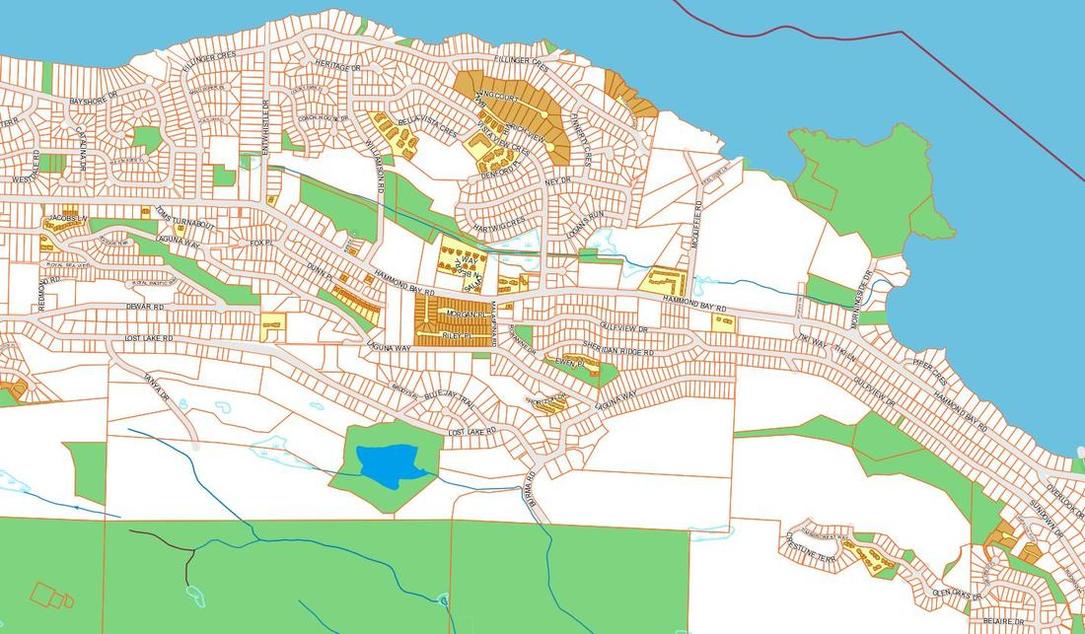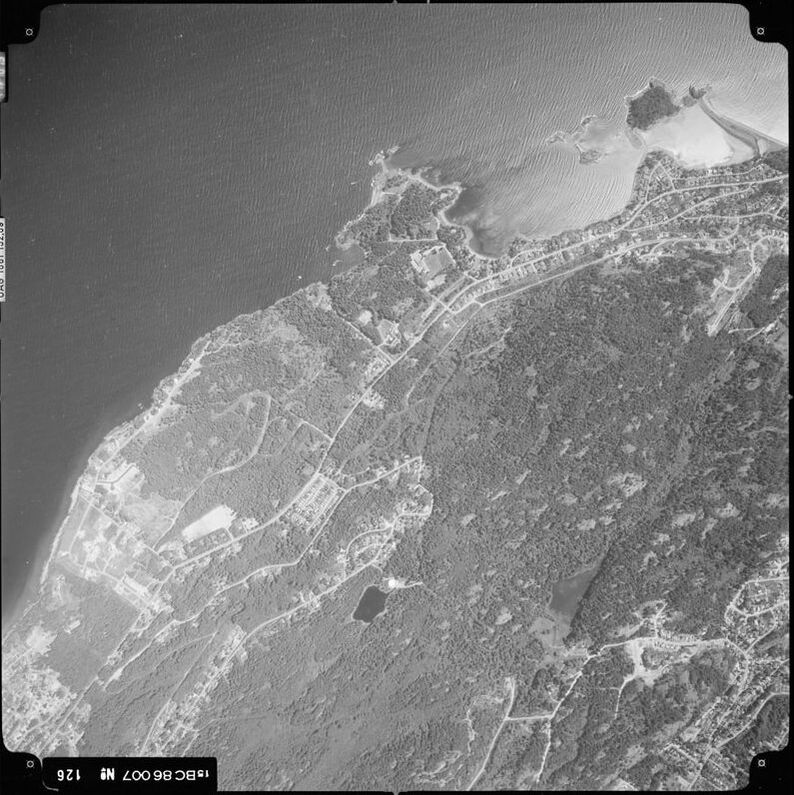walley Creek
The Walley Creek watershed encompases 120 ha in the City of Nanaimo.
The creek originates in a forested marsh west of Entwhistle Drive and flows approximately 2.5 km into Hammond Bay near Neck Point Park.
A trail system along Walley Creek is highly valued by the local community,
and there are several important wetlands and green spaces designated as City parks.
The creek originates in a forested marsh west of Entwhistle Drive and flows approximately 2.5 km into Hammond Bay near Neck Point Park.
A trail system along Walley Creek is highly valued by the local community,
and there are several important wetlands and green spaces designated as City parks.


